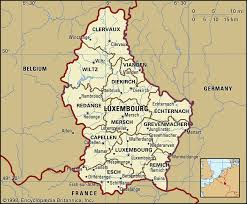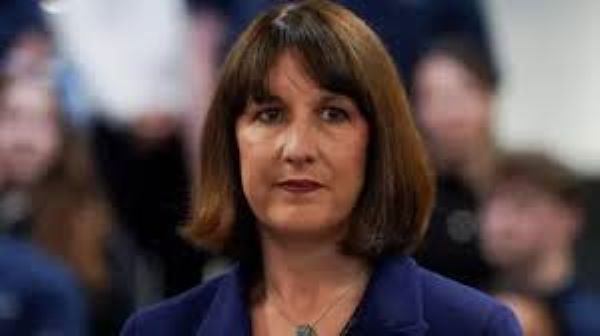US inflation Surprise Hinders Feds Amid ‘Inevitable’ Recession Fears

Fresh inflation data has rattled financial markets and intensified concerns that the US economy is now hurtling toward recession.
The latest personal consumption expenditures (PCE) index, the Federal Reserve’s preferred inflation gauge, came in hotter than expected, reinforcing the view that the central bank will be forced to extend its interest rate pause for longer than markets had anticipated.
Nigel Green, CEO of global financial advisory giant deVere Group, says this mix of sticky inflation and weakening consumer data points to a growing storm for the US economy.
“The inflation numbers show that price pressures remain embedded in the system,” he explains.
“We’re now looking at an environment where the Fed cannot cut rates any time soon, even as consumer spending and personal income are already slipping.”
The PCE index rose 0.1% for the month, taking the annual inflation rate to 2.3%. Core PCE, which strips out volatile food and energy components, climbed 0.2% on the month and is now running at 2.7% year-on-year—higher than market expectations.
The data was accompanied by disappointing consumer figures, with spending falling 0.1% and incomes dropping 0.4%, adding to fears that the economy’s engine is stalling.
Nigel Green warns that the Fed’s hands are now effectively tied.
“The central bank is boxed in,” he says.
“Inflation isn’t cooling fast enough, and they can’t justify easing policy while these price pressures remain. But at the same time, the consumer is already showing signs of cracking under the weight of previous rate hikes.”
Markets reacted with a sharp sell-off in US futures and a flight to safety in government bonds.
The dollar strengthened against most major currencies, while rate-sensitive sectors like tech and small caps came under pressure.
But inflation isn’t the only headwind. Nigel Green highlights two powerful forces that are about to add further strain: a new wave of tariffs and President Trump’s ‘big, beautiful bill.’
“Tariffs are direct taxes on imports that drive up prices for businesses and consumers. They’re inflationary by design. The ‘big, beautiful bill,’ involves infrastructure, defense, and domestic job-creation programs.”
Both will inject fresh inflationary pressure at the worst possible moment.
“The tariffs will lift input costs for US companies and raise prices on goods at the checkout,” he explains. “At the same time, the ‘big, beautiful bill’ will flood the economy with fiscal stimulus, increasing demand just as the Fed is struggling to bring inflation under control.”
The deVere CEO warns that the full impact of these converging forces has yet to be priced in.
“We’re looking at a sequence of events where tariffs drive up costs, fiscal spending fuels demand, the Fed remains sidelined, and consumers—already showing signs of fatigue—are squeezed further,” he says.
“This creates a stagflationary environment that increases recession risk and complicates policy responses.”
He concludes: “The combination of policy-driven inflation and weakening fundamentals is a dangerous mix.
“The serious question is this: ‘Is a US recession now inevitable? An increasing number of analysts would argue that it is.”





